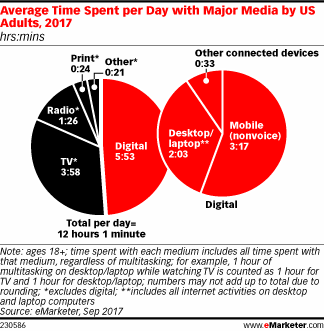Stories That Change is the recipe for engagement. We agree with many of the hard truths in Nick Hammond’s posting. Well worth a read.
As touched on above, the most interesting observation of all (and one that goes all the way back to the classical oral storytelling tradition) is that great stories were never set in stone, but forever changing as they were told, influenced by audience reaction and then re-told; being passed on from one generation of storytellers to another. While the digital environment offers new channels and accelerated interactivity, it still echoes the ancient tradition of storytelling by mirroring the importance of the audience in the process. In both instances and across the centuries, the audience and consumers are there to listen, to develop and to share.
Source: The myth of storytelling in marketing and why brands should encourage ‘story sharing’ | Econsultancy

